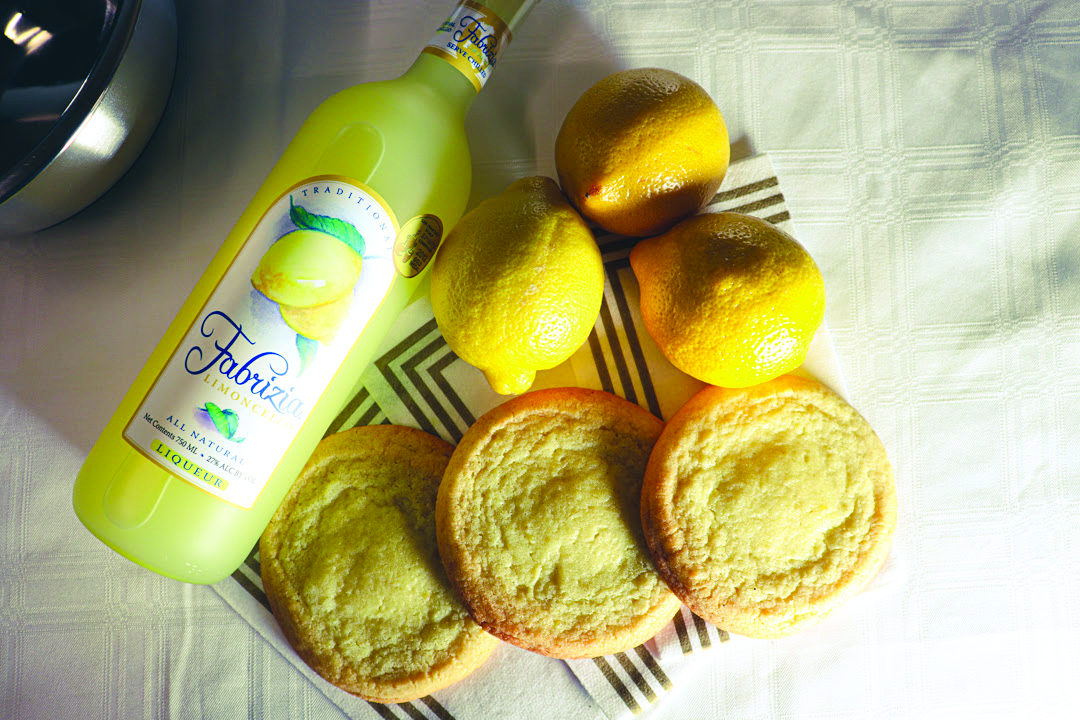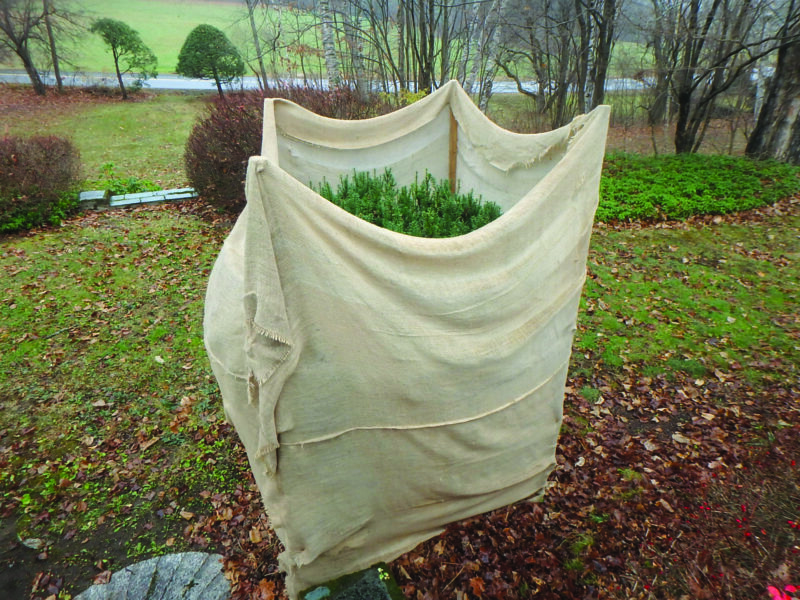Wines to consider for your Thanksgiving menu
“This Thanksgiving will be unlike all other Thanksgivings!”
We have heard that expression far too many times, haven’t we? We will all be hunkered down, safe in our households, seated for our traditional feast, but there will be differences around us, some subtle, some not-so-subtle. Crazy Uncle Larry who begins his Thanksgiving Day cocktail hour at 10 a.m. will be (thankfully) absent and the feast may be a bit simpler, a bit smaller. For the early afternoon, we plan to have another couple over for hors d’oeuvres in the driveway, surrounded by patio heaters! For our dinner, instead of a large turkey, we will have a roast duck. It will be smaller and simpler but still very enjoyable!
We still need to celebrate with our friends and family, and with wine paired to the extended courses. The possibilities are endless.
Chic Barcelona Brut Cava (originally priced at $14.99, on sale at the New Hampshire Liquor & Wine Outlets at $7.99) is a bargain not to be passed up. A blend of 35 percent macabeu, 35 percent xarello and 30 percent parellada grapes, this wine hails from the Penedès region of Catalonia, Spain, south of Barcelona, where the climate is Mediterranean with continental influences meaning that it tends to have cold winters and slightly milder summers than the interior countryside produces full and fresh wines resulting in a slower maturation of the grapes. Cava is the chief wine of this region and it is made in the traditional, or Champagne, method, which means it has a second fermentation in the bottle. The color of this wine is a light straw. The tiny bubbles that rise from the bottom of the glass are not as intense as with Champagne and the nose is bright and fresh, lacking in the yeasty brioche nose one identifies with a Champagne. To the tongue, the taste is fresh and citric but lacking in length. This is an excellent accompaniment to hors d’oeuvres, and a great way to start the meal. Alcoholic content is 11½ percent.
Höpler Grüner Veltliner, 2019 (originally priced at $16.99, on sale at the New Hampshire Liquor & Wine Outlets at $14.99) is an Austrian wine from the eastern part of the country, from vines planted along the Danube River and on the banks of Lake Neusiedl. The Höpler winery is located in Burgenland, just 45 minutes from Vienna. The soils range from gravel with some clay to rich, fertile well-draining silt. Cold winters allow the vines to go dormant, but hot summers with substantial sunshine and humidity rising from the nearby lake allow the grapes to develop a balance between fruit, flavor and great acidity. The color is straw with a strong overtone of green. The green results from the selection of greener grapes, producing a wine that is more aromatic than the wine made from grapes that are more yellow. To the nose the wine has notes of lime and minerality, along with some white pepper spice. This wine falls between sauvignon blanc (acid and green grassy notes) and riesling (tropical and mineral notes). To the taste, this wine has tropical fruit — pineapple with lemon-lime acidity. This is an ideal wine to cool and just sip, alongside the cava, to enjoy along with oysters, or to transition to the main course, the bird.
Schug 2017 Sonoma Coast Pinot Noir (originally priced at $32.99, on sale at the New Hampshire Liquor & Wine Outlets at $14.99) is a blend of pinot noir grapes from select vineyards located in the western portion of Carneros, a region on the coast of the San Pablo Bay. A cool, breezy climate allows the grapes to mature slowly and retain their natural acidity, with bright flavors of red cherries, raspberries and spice. There is also a touch of tart pomegranate on the tongue. The wine is aged in large neutral oak casks and older French oak barrels to keep new oak flavors to a minimum. The finish is long and reminds me of cranberry, and therefore perfect to pair with that bird! It will nicely cut through the buttery fat of the bird’s side dishes.
So, while the Thanksgiving celebration may be small and ever so intimate, it should be savored. The pandemic will pass; the memories will live on. Happy Thanksgiving.











